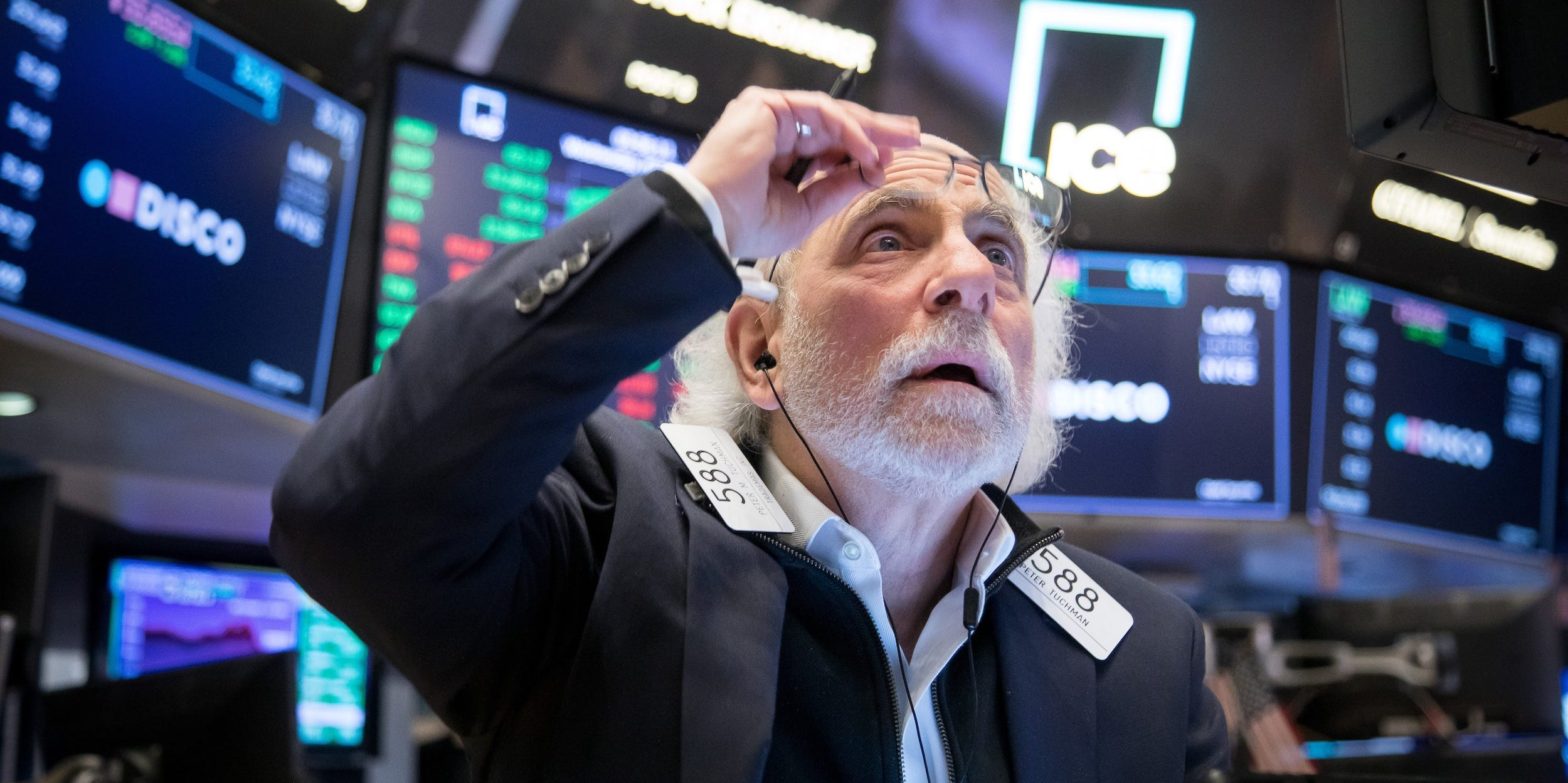A 15-year-long trend of US stocks outperforming global peers is set to reverse in 2023, according to Bank of America.The bank expects international stocks to handily outperform US stocks as interest rates remain higher for longer.These are the seven reasons why BofA thinks investors should favor global stocks over the US in 2023. Loading Something is loading.
Thanks for signing up!
Access your favorite topics in a personalized feed while you’re on the go.
US-based investors are in for a wake-up call if they don’t avoid home-bias and diversify their equity exposure toward international companies, according to Bank of America.
The bank said in a Friday note that it expects global stocks to handily outperform US equities in 2023 after 15 years of falling behind.
Underscoring the earlier disparity, the note said that $100 invested in US stocks from March 2008 to today is worth $288, compared to just $94 for $100 invested in non-US global stocks over the same time period.
But now, the “US [is] set to underperform [the] world in 2023,” BofA investment strategist Michael Hartnett said.
These are the seven reasons why investors should expect US stocks to underperform their global counterparts in 2023, according to BofA.
1. The negative yielding interest rate bubble is over.
“US secular growth stocks substantially outperformed during QE/zero rates. Non-US cyclical value stocks to outperform in backdrop of higher rates,” BofA said. According to the bank, the $18 trillion in negative yielding debt in 2021 has since shrunk to $0, officially ending the negative interest rate bubble that started in 2014.
Bank of America 2. China reopening.
“Speedy Zero-Covid policy exit will unleash years of precautionary savings in boost to household consumption,” BofA said. China’s central bank is also expected to ease financial conditions as its economy fully reopens.
3. US overexposure to tech stocks.
“In Q4 all tech as % [of] US equity market was 40% vs 19% in emerging markets, 13% in Japan, 7% in Europe. Derating of tech driven by regulation, penetration, rates well underway, yet investor rotation out of tech sector yet to begin, hurts US more,” BofA said. Any rotation out of technology stocks would hurt the US the most.
Bank of America 4. Stock buybacks.
“US stock market has enjoyed $7.5 trillion of stock buybacks since the Great Financial Crisis (corporations rather than investors have powered the US stock market past 15 years). 1% tax on buybacks now introduced (and will inevitably rise in coming years) + higher rates = less self-serving debt issuance to finance buybacks,” BofA said.
5. Energy prices.
“Higher oil prices mean oil exporters (US, Saudia Arabia) outperform, lower oil prices mean oil importers (Japan, China, India, Europe) outperform,” BofA said. Since peaking in March 2022, US benchmark crude prices have plunged 43%, helping oil importers more so than exporters.
6. The US Dollar.
“Dollar falls in 2023 as geopolitical tensions ease, US domestic political tensions rise, global governments and investors diversify from [the] reserve currency,” BofA said. While a drop in the US dollar would help lift earnings results for US companies, it could have negative effects if faith is lost in the world’s reserve currency.
7. Positioning from 2022.
“Compare $160 billion US equity inflows to $107 billion European equity outflows in 2022. Note US hit all-time high (63%) as share of global market in 2022,” BofA said. Any reversal of this trend could lead to sharp inflows into European stocks and out of US stocks.
